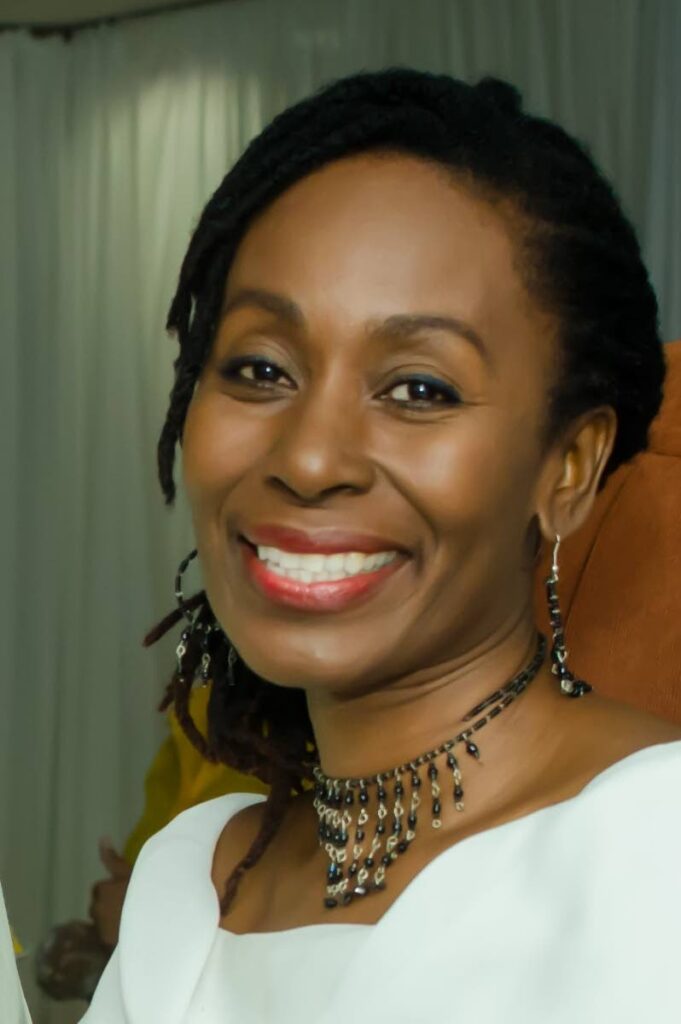Mark out spaces for the African

Culture Matters
Emancipation 2023
Dara E Healy
If a man is born in luxury
They prove to me through history
He is somebody
And if a man is born in poverty, starvation and misery
He is nobody
Everybody is somebody
Nobody is nobody
The pauper or the wealthy
Everybody is somebody
– Mighty Shadow, Everybody is Somebody
AT A RECENT presentation by the International Slavery Museum of Liverpool, I read with disbelief how one enslaved African was documented as "Nobody." On another listing, item number 19 was a one-year-old child. The record called him "Infant" and for the purpose of being sold, his description read “Strong, Lively Boy,” making a case for the one-year-old to be put to good use on the plantation.”
It is well documented that during enslavement changing names was part of the strategy for dehumanising and separating Africans from their ancestry. Given our awareness of these tactics, why do we continue to resist public celebrations of African heritage, culture and contributions to this nation?
Although people of African heritage are everywhere in our society, in many respects they are invisible. For example, in a couple weeks, the United Nations will declare an international day in honour of our steelpan. Remarkably, I am yet to see any significant monument, performance venue or physical recognition of the instrument that was invented by people of African heritage in the cultural hub of the city.
There is also little acknowledgement of the spiritual link between the pan and the Ifa/Orisa belief system. After the first reading of the Emancipation Proclamation in 1834, our country received thousands of Africans as indentured workers, many of them Yoruba. There are stories of the connection between the steelpan and African spirituality, but there is still considerable lack of understanding of the belief system. Still, the music of Ella Andall is not played from pre-school to tertiary-level institutions to help bridge knowledge gaps.
Africans settled primarily in the city centres, but they also spread into rural areas. When I write names like Talparo, Moruga, Point Fortin, some of you already know that I’m talking about regions famous for stickfighting or kalinda. As an African martial art form, kalinda has a great deal to offer in self-defence and discipline for women and our school population. Yet, how to even have the conversation about teaching it in schools?
What about monuments to the stickfighters who protected our Carnival from being destroyed by the colonial government? These are some of the markers that are missing from our national landscape.
Another simple but potent example is the absence of physical markers to identify spaces where people of African heritage lived and made significant contributions to the development of our nation.
Kwame Ture, activist from Oxford St, East Port of Spain, led civil rights protests in the US and walked next to the admired Martin Luther King Jr. Ture popularised the phrase Black Power and inspired people of African heritage around the world to fight for their civil rights. However, he is not known to the children of Laventille and East Port of Spain.
Similarly, there is not even a plaque on the wall of the home of Claudia Jones, the Belmont girl who helped pioneer the Notting Hill Carnival in London, inspired by our own festival. I am not aware of any physical commemoration to JD Elder, or Sandy the Coromanti who led several rebellions against enslavers in Tobago during the 18th century.
I recently stopped a young man of African heritage from making fun of the word Uganda. He started making "ungabunga" noises, at which point I immediately challenged him. "No miss, no miss. I not making fun of African names." My story becomes even more stark when I share that the boy, who is about 12 years old, is from Laventille.
So, we have come full circle, back to "Nobody." While there is much excitement about the recent discovery of a site where former enslaved peoples lived, this important marker needs to be translated into building a sense of self for the African community. That young man should feel proud of his ancestry. Everybody is somebody, but he already believes he is nobody. What investment can he be expected to make in building this nation?
Let us carve out spaces for the African and save him from a future that already seems to be determined by an absence of history, an absence of markers for the African.
Dara E Healy is a performance artist and founder of the Indigenous Creative Arts Network – ICAN


Comments
"Mark out spaces for the African"